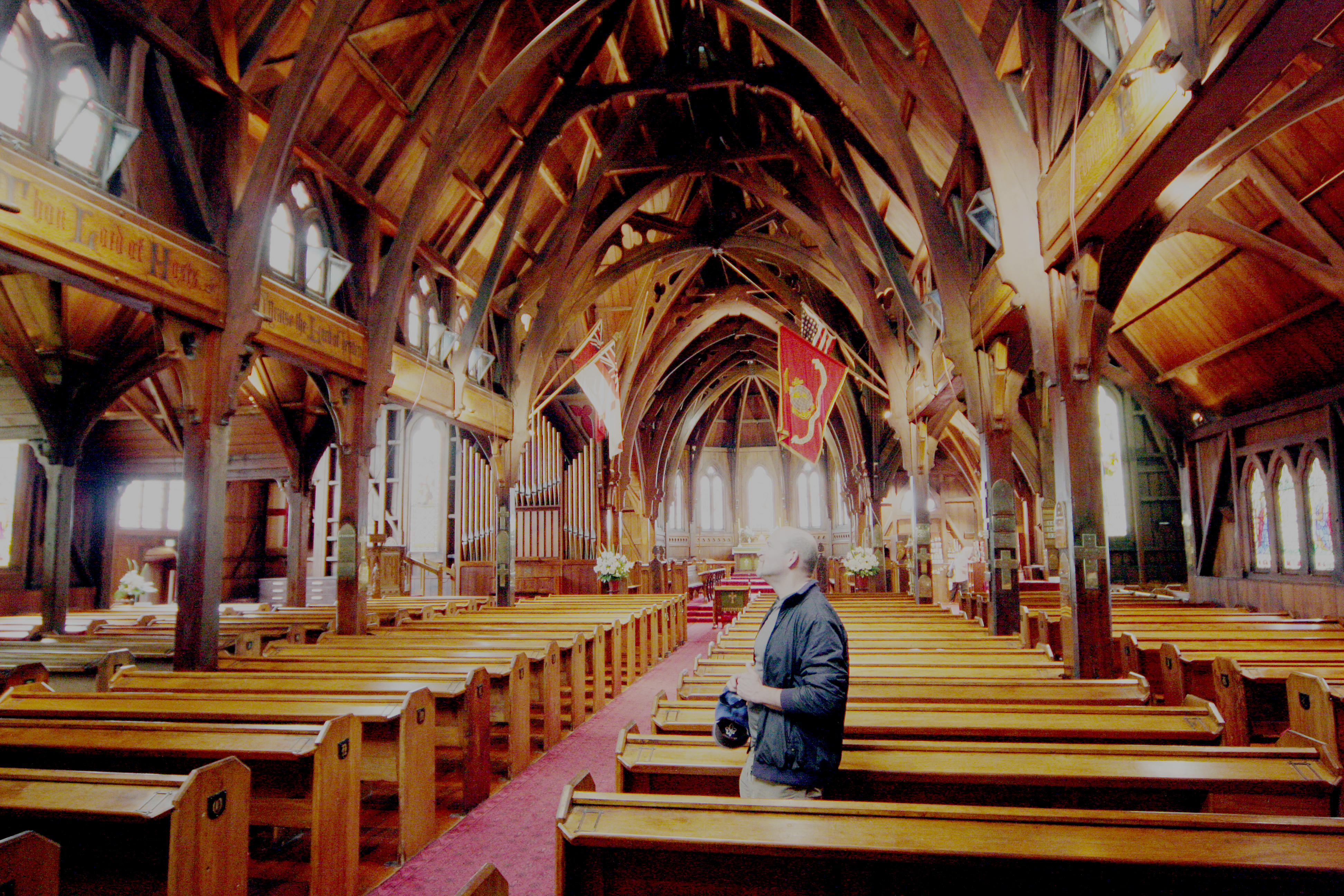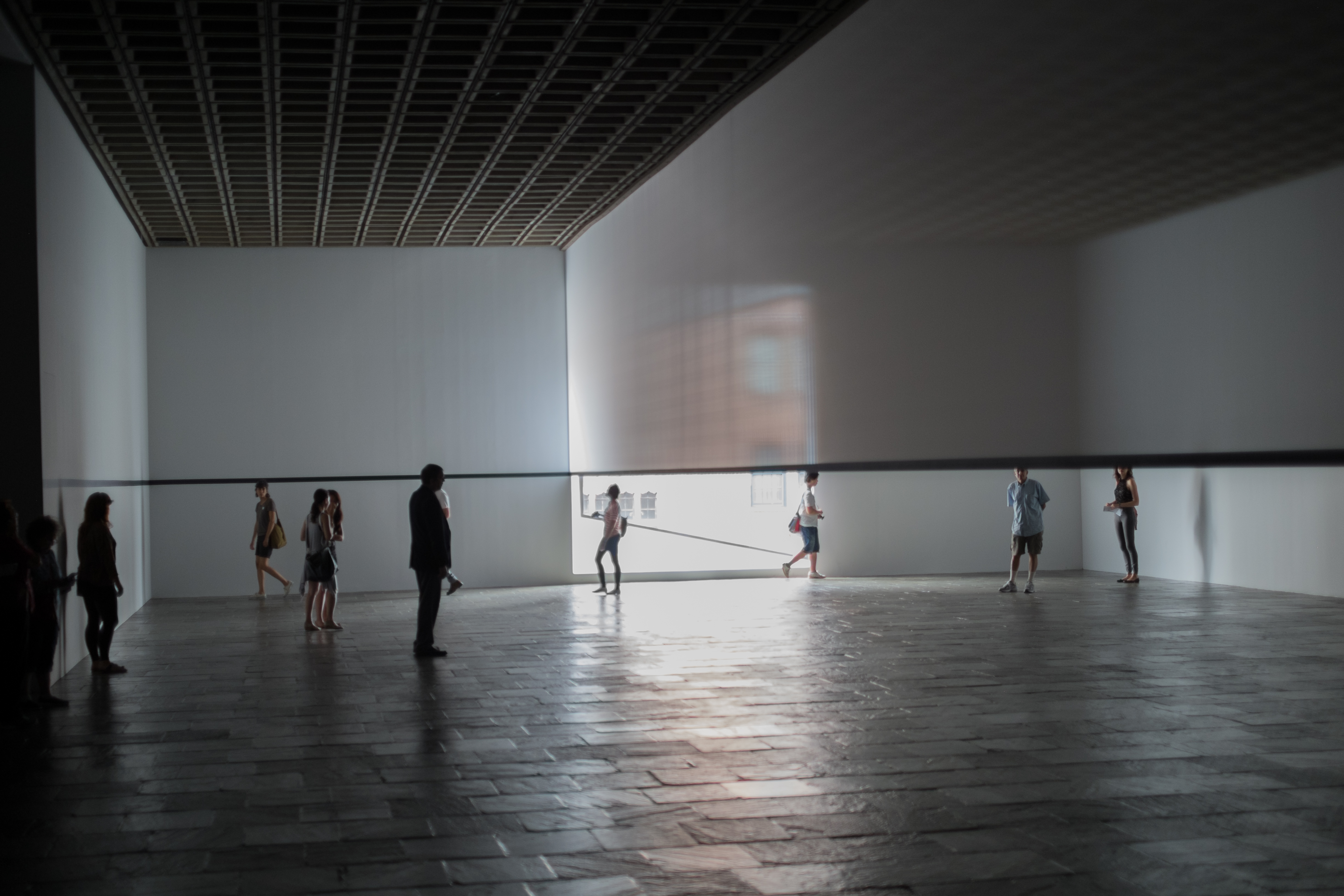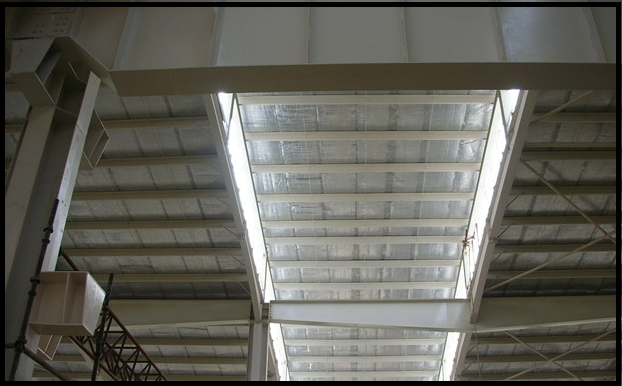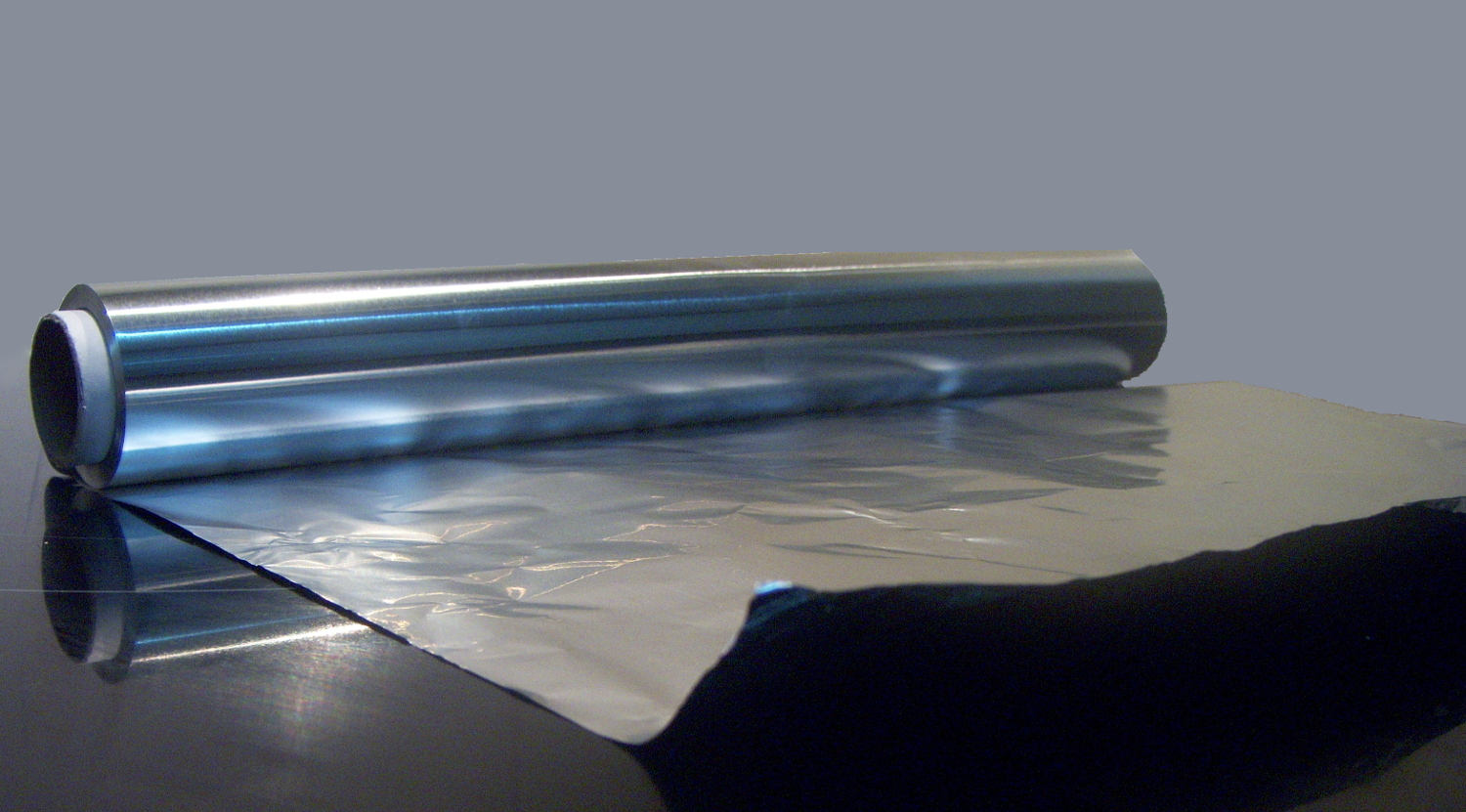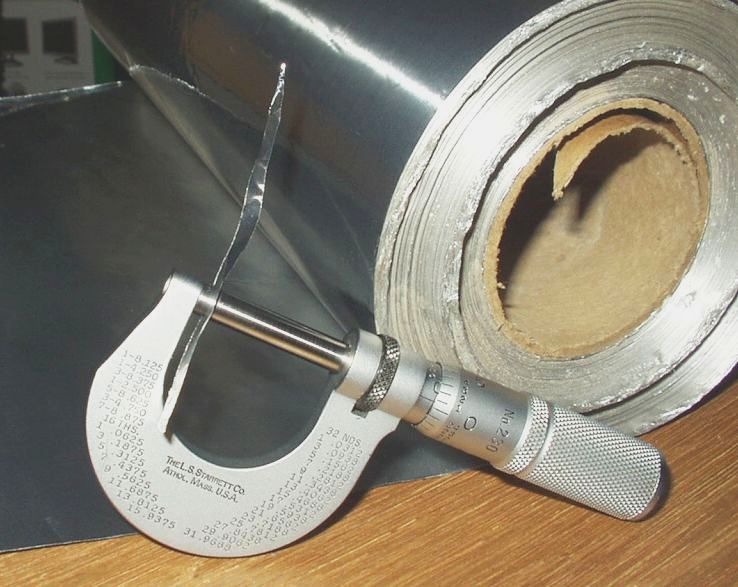|
Sarking
Sarking is an English word with multiple meanings in roof construction: * The use of wood panels, or "sarking boards", called ''sheathing'', ''sheeting'' or ''decking'' in American English, under the roof-covering materials such as the shingles of a roof to provide support. It is a common term in Scotland, Australia, and New Zealand. The shingles or slates are nailed directly to the sarking boards without timber battens, providing a strong, wind-resistant roof. * An additional layer within a roof that insulates or reflects heat, such as a layer of felt, reflective foil, or polystyrene. * Roofing felt or other type of ''underlayment'' (Am. English) under the roof covering for extra resistance to leakage. * The word ''sarking'' is further used as part of the term ''scrim and sarking'', a method of interior construction widely used in Australia and New Zealand in the late 19th and early 20th centuries. * In modern usage of the term in Australia, ''sarking'' refers to a laminated al ... [...More Info...] [...Related Items...] OR: [Wikipedia] [Google] [Baidu] |
Scrim And Sarking
Scrim and sarking is a method of interior construction widely used in Australia and New Zealand in the late 19th and early 20th centuries. In this method, wooden panels were nailed over the beams and joists of a house frame, and a heavy, loosely woven cloth, called scrim, was then stapled or tacked over the top of this. This construction method allowed wallpaper to be applied directly to unplastered walls.What is scrim and sarking? , ''propertytoolbox.co.nz''. Retrieved 16 September 2019. In New Zealand, the sarking was often the native rimu (red pine), and the scrim was usually either |
Scrim (material)
A scrim is a woven material, either finely woven lightweight fabric widely used in theatre, or a heavy, coarse woven material used for reinforcement in both building and canvasmaking. Light gauzy material A scrim or gauze is often a very light textile made from cotton, or sometimes flax or other materials. It is lightweight and translucent, which means it is often used for making curtains. The fabric can also be used for bookbinding and upholstery. Scrims have seen extensive use in theatre. There are several types used for special effects. The variety typically used for special effects is called ''sharkstooth scrim''. However, in theater a scrim can refer to any such thin screen, and is made out of a wide variety of materials. Sharkstooth scrim is woven and earns its name because the weave resembles a set of triangles that resemble a shark's teeth with openings similar in size to a window screen's. The most common effects that scrim is used for is the 'reveal effect', in whic ... [...More Info...] [...Related Items...] OR: [Wikipedia] [Google] [Baidu] |
Roofing Felt
Bituminous waterproofing systems are designed to protect residential and commercial buildings. Bitumen (asphalt or coal-tar pitch) is a mixed substance made up of organic liquids that are highly sticky, viscous, and waterproof. These systems are sometimes used to construct roofs, in the form of roofing felt or roll roofing products. Roofing felt Roofing felt (similar to tar paper) is the base material used to make roof shingles and roll roofing. Used for decades as waterproof coverings in residential and commercial roofs, these bitumen compositional membranes incorporate two layers. The first underside polymer membrane is used as a solid background, often reinforced with glass fibers. Mineral granules make up the self-protective top layer, with a final bituminous mixture encapsulating them both. Typical uses of felt paper are as an underlay(ment) ( sarking) beneath other building materials, particularly roofing and siding materials, and is one type of membrane used in asphalt ... [...More Info...] [...Related Items...] OR: [Wikipedia] [Google] [Baidu] |
Old St
Old or OLD may refer to: Places *Old, Baranya, Hungary *Old, Northamptonshire, England *Old Street station, a railway and tube station in London (station code OLD) *OLD, IATA code for Old Town Municipal Airport and Seaplane Base, Old Town, Maine, United States People *Old (surname) Music *OLD (band), a grindcore/industrial metal group * ''Old'' (Danny Brown album), a 2013 album by Danny Brown * ''Old'' (Starflyer 59 album), a 2003 album by Starflyer 59 * "Old" (song), a 1995 song by Machine Head *''Old LP'', a 2019 album by That Dog Other uses * ''Old'' (film), a 2021 American thriller film *''Oxford Latin Dictionary'' *Online dating *Over-Locknut Distance (or Dimension), a measurement of a bicycle wheel and frame *Old age See also *List of people known as the Old * * *Olde, a list of people with the surname *Olds (other) Olds may refer to: People * The olds, a jocular and irreverent online nickname for older adults * Bert Olds (1891–1953), Australian rules ... [...More Info...] [...Related Items...] OR: [Wikipedia] [Google] [Baidu] |
Polystyrene
Polystyrene (PS) is a synthetic polymer made from monomers of the aromatic hydrocarbon styrene. Polystyrene can be solid or foamed. General-purpose polystyrene is clear, hard, and brittle. It is an inexpensive resin per unit weight. It is a poor barrier to oxygen and water vapour and has a relatively low melting point. Polystyrene is one of the most widely used plastics, the scale of its production being several million tonnes per year. Polystyrene can be naturally transparent, but can be colored with colorants. Uses include protective packaging (such as packing peanuts and in the jewel cases used for storage of optical discs such as CDs and occasionally DVDs), containers, lids, bottles, trays, tumblers, disposable cutlery, in the making of models, and as an alternative material for phonograph records. As a thermoplastic polymer, polystyrene is in a solid (glassy) state at room temperature but flows if heated above about 100 °C, its glass transition temperature. I ... [...More Info...] [...Related Items...] OR: [Wikipedia] [Google] [Baidu] |
Building Engineering
Architectural engineers apply and theoretical knowledge to the engineering design of buildings and building systems. The goal is to engineer high performance buildings that are sustainable, economically viable and ensure the safety health. Architectural engineering, also known as building engineering or architecture engineering, is an engineering discipline that deals with the technological aspects and multi-disciplinary. The responsibilities of an architectural engineer are designs, analyzing, and altering plans, or structures. They also assist team members with project objectives budgets and timelines. What it is required to be an architectural engineer is a bachelor's degree master's degree or/and professional engineering license and current knowledge of industry trends, technology, codes and regulation. From reduction of greenhouse gas emissions to the construction of resilient buildings, architectural engineers are at the forefront of addressing several major challenges of t ... [...More Info...] [...Related Items...] OR: [Wikipedia] [Google] [Baidu] |
Radiant Barrier
A radiant barrier is a type of building material that reflects thermal radiation and reduces heat transfer. Because thermal energy is also transferred by conduction and convection, in addition radiation, radiant barriers are often supplemented with thermal insulation that slows down heat transfer by conduction or convection. A radiant barrier reflects heat radiation (radiant heat), preventing transfer from one side of the barrier to another due to a reflective, low emittance surface. In building applications, this surface is typically a very thin, mirror-like aluminum foil. The foil may be coated for resistance to the elements or for abrasion resistance. The radiant barrier may be one or two sided. One sided radiant barrier may be attached to insulating materials, such as polyisocyanurate, rigid foam, bubble insulation, or oriented strand board (OSB). Reflective tape can be adhered to strips of radiant barrier to make it a contiguous vapor barrier or, alternatively, radiant barrie ... [...More Info...] [...Related Items...] OR: [Wikipedia] [Google] [Baidu] |
Aluminium Foil
Aluminium foil (or aluminum foil in North American English; often informally called tin foil) is aluminium prepared in thin metal leaves with a thickness less than ; thinner gauges down to are also commonly used. Standard household foil is typically thick, and heavy duty household foil is typically . The foil is pliable, and can be readily bent or wrapped around objects. Thin foils are fragile and are sometimes laminated with other materials such as plastics or paper to make them stronger and more useful. Annual production of aluminium foil was approximately in Europe and in the U.S."Foil & Packaging" . The Aluminum Association (USA). in 2003. Approximately 75% of aluminium foil is used for |
Aluminum Foil
Aluminium foil (or aluminum foil in North American English; often informally called tin foil) is aluminium prepared in thin metal leaves with a thickness less than ; thinner gauges down to are also commonly used. Standard household foil is typically thick, and heavy duty household foil is typically . The foil is pliable, and can be readily bent or wrapped around objects. Thin foils are fragile and are sometimes laminated with other materials such as plastics or paper to make them stronger and more useful. Annual production of aluminium foil was approximately in Europe and in the U.S."Foil & Packaging" . The Aluminum Association (USA). in 2003. Approximately 75% of aluminium foil is used for |
Roof Deck
In architecture, a deck is a flat surface capable of supporting weight, similar to a floor, but typically constructed outdoors, often elevated from the ground, and usually connected to a building. The term is a generalization from the deck of a ship. A level architectural deck may be intended for use by people, e.g., what in the UK is usually called a decked patio. "Roof deck" refers to the flat layer of construction materials to which the weather impervious layers are attached to a form a roof. It is known as the "roof deck", and they may be either level (for a "flat" rooftop) or sloped. Functions and materials Wood or timber decking can be used in a number of ways: as part of garden landscaping, to extend the living area of a house, and as an alternative to stone-based features such as patios. Decks are made from treated lumber, composite lumber, composite material, and aluminum. Lumber may be western red cedar, teak, mahogany, ipê, reclaimed and recycled ulin and ot ... [...More Info...] [...Related Items...] OR: [Wikipedia] [Google] [Baidu] |
Felt
Felt is a textile material that is produced by matting, condensing and pressing fibers together. Felt can be made of natural fibers such as wool or animal fur, or from synthetic fibers such as petroleum-based acrylic or acrylonitrile or wood pulp–based rayon. Blended fibers are also common. Natural fibre felt has special properties that allow it to be used for a wide variety of purposes. "It is fire-retardant and self-extinguishing; it dampens vibration and absorbs sound; and it can hold large amounts of fluid without feeling wet..." History Felt from wool is one of the oldest known textiles. Many cultures have legends as to the origins of felt making. Sumerian legend claims that the secret of feltmaking was discovered by Urnamman of Lagash. The story of Saint Clement and Saint Christopher relates that the men packed their sandals with wool to prevent blisters while fleeing from persecution. At the end of their journey, the movement and sweat had turned the wool into f ... [...More Info...] [...Related Items...] OR: [Wikipedia] [Google] [Baidu] |
Batten
A batten is most commonly a strip of solid material, historically wood but can also be of plastic, metal, or fiberglass. Battens are variously used in construction, sailing, and other fields. In the lighting industry, battens refer to linear light fittings. In the steel industry, battens used as furring may also be referred to as "top hats", in reference to the profile of the metal. Roofing ''Roofing battens'' or ''battening'', also called ''roofing lath'', are used to provide the fixing point for roofing materials such as shingles or tiles. The spacing of the battens on the trusses or rafters depend on the type of roofing material and are applied horizontally like purlins. Battens are also used in metal roofing to secure the sheets called a ''batten-seam roof'' and are covered with a ''batten roll joint''. Some roofs may use a grid of battens in both directions, known as a ''counter-batten system'', which improves ventilation. Roofing battens are most commonly made of ... [...More Info...] [...Related Items...] OR: [Wikipedia] [Google] [Baidu] |
